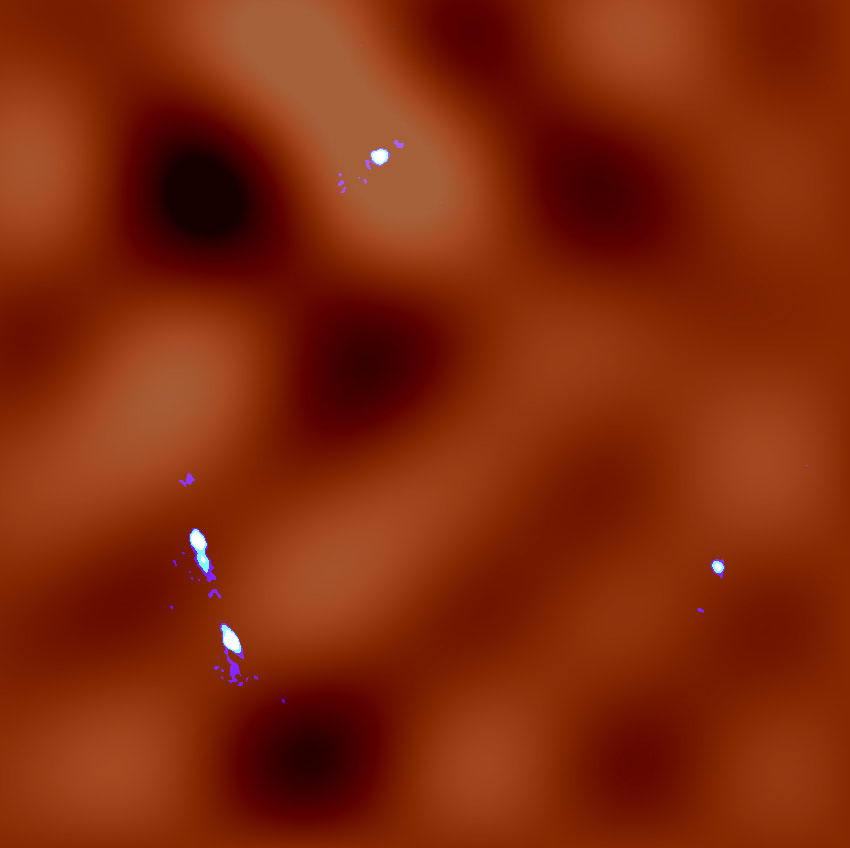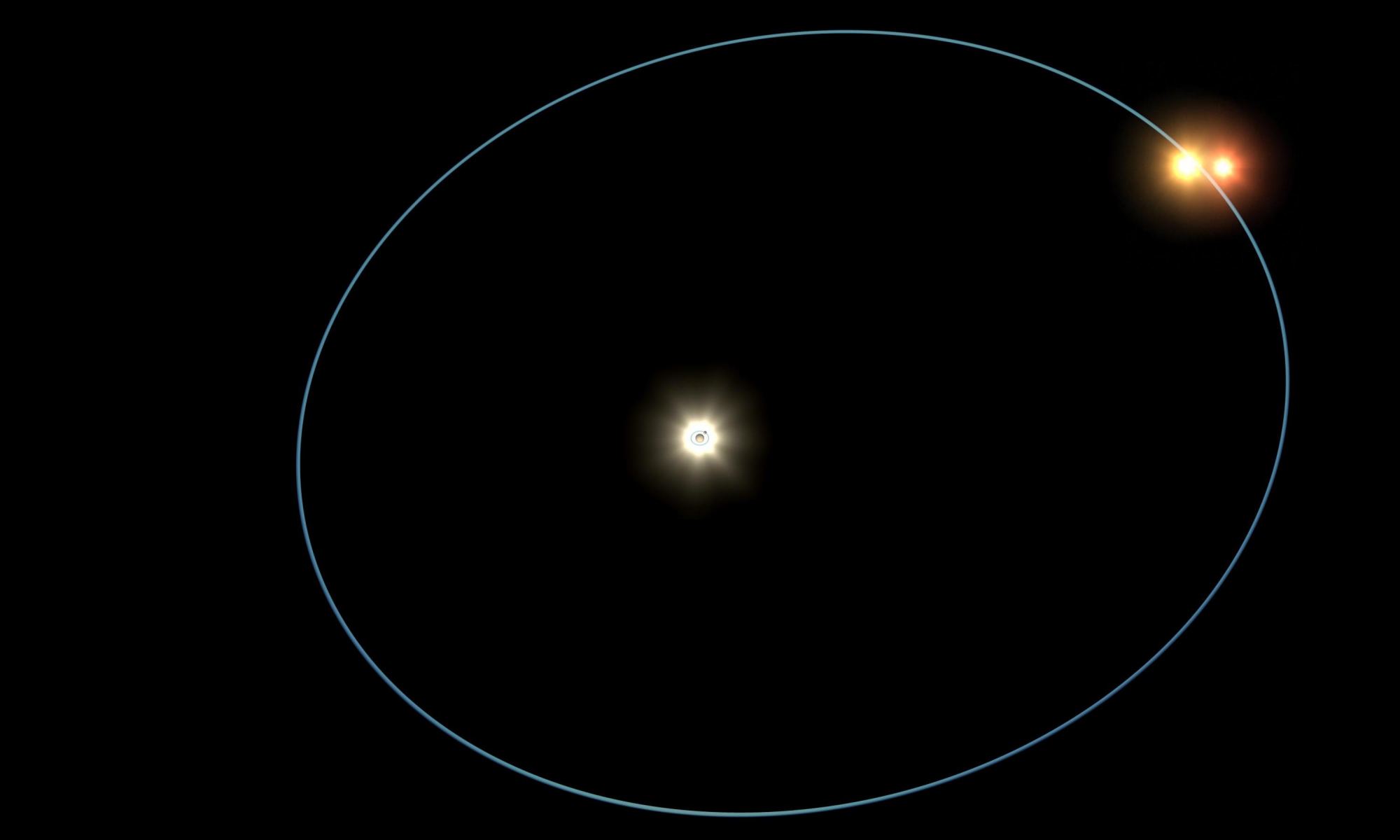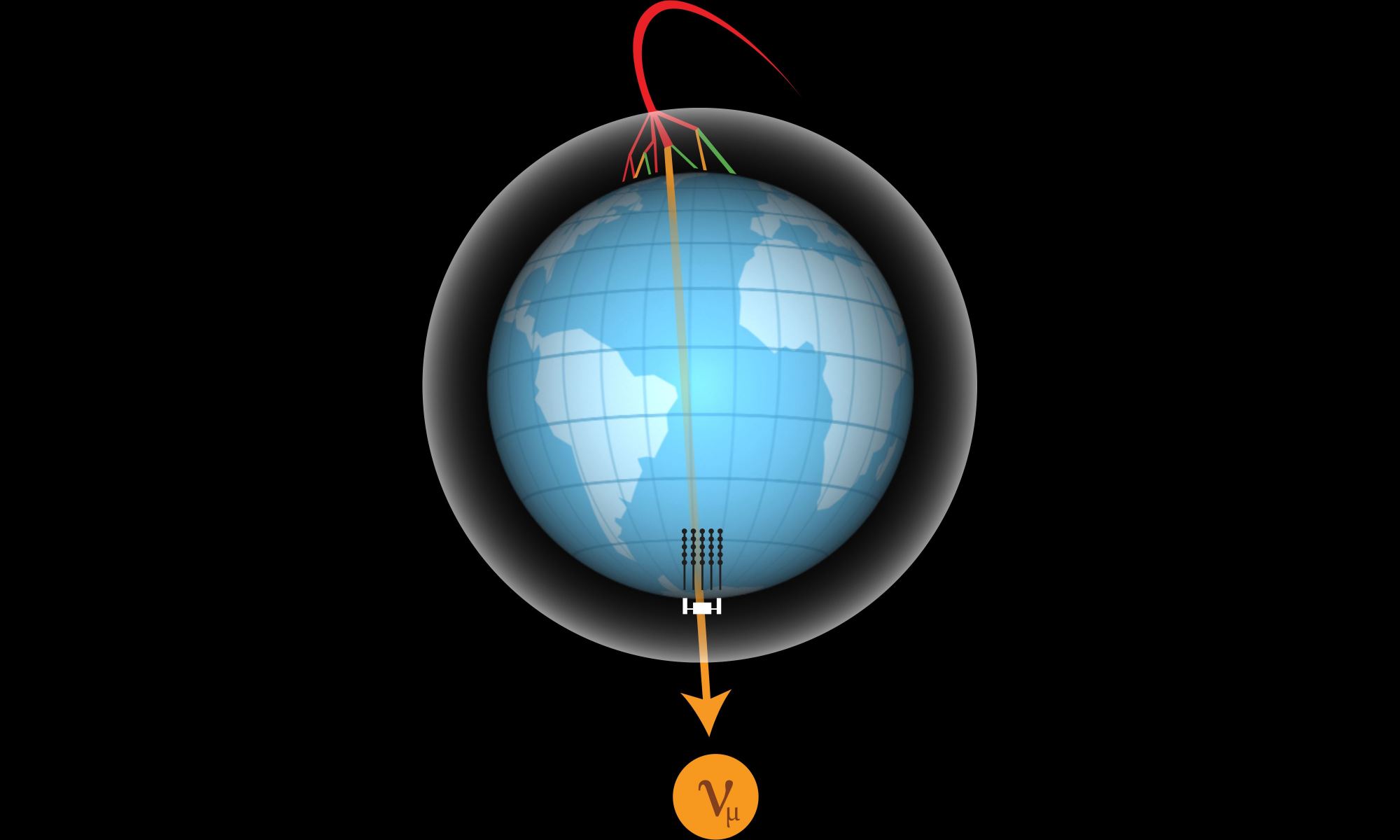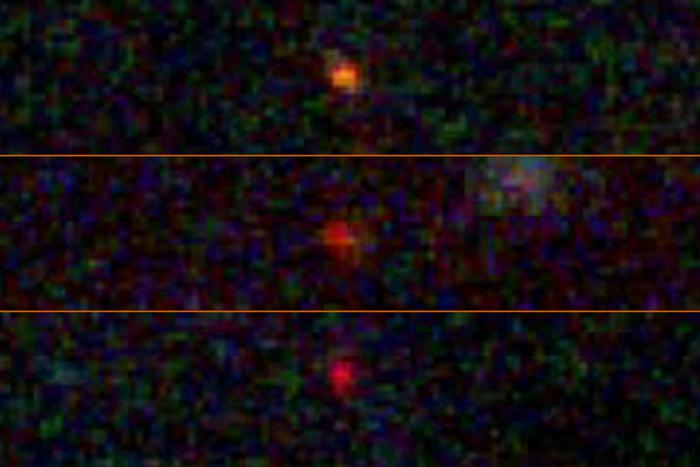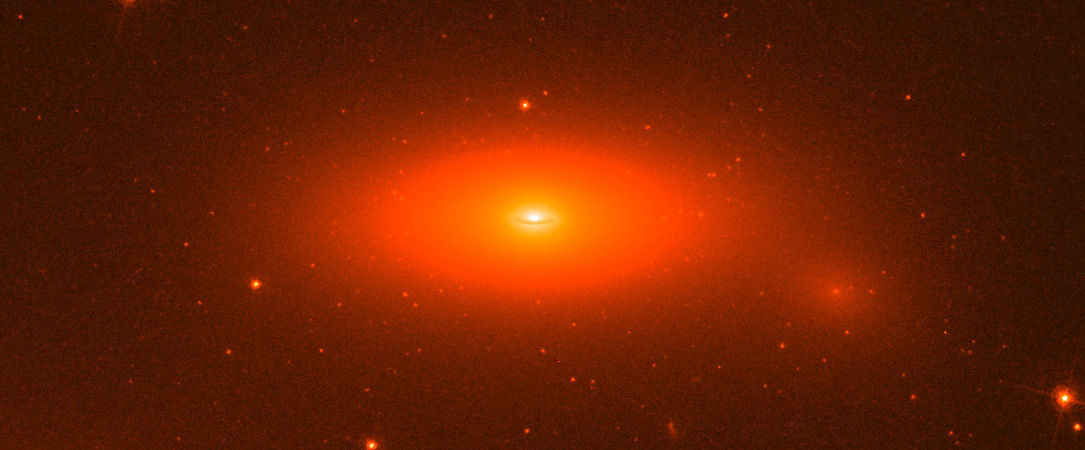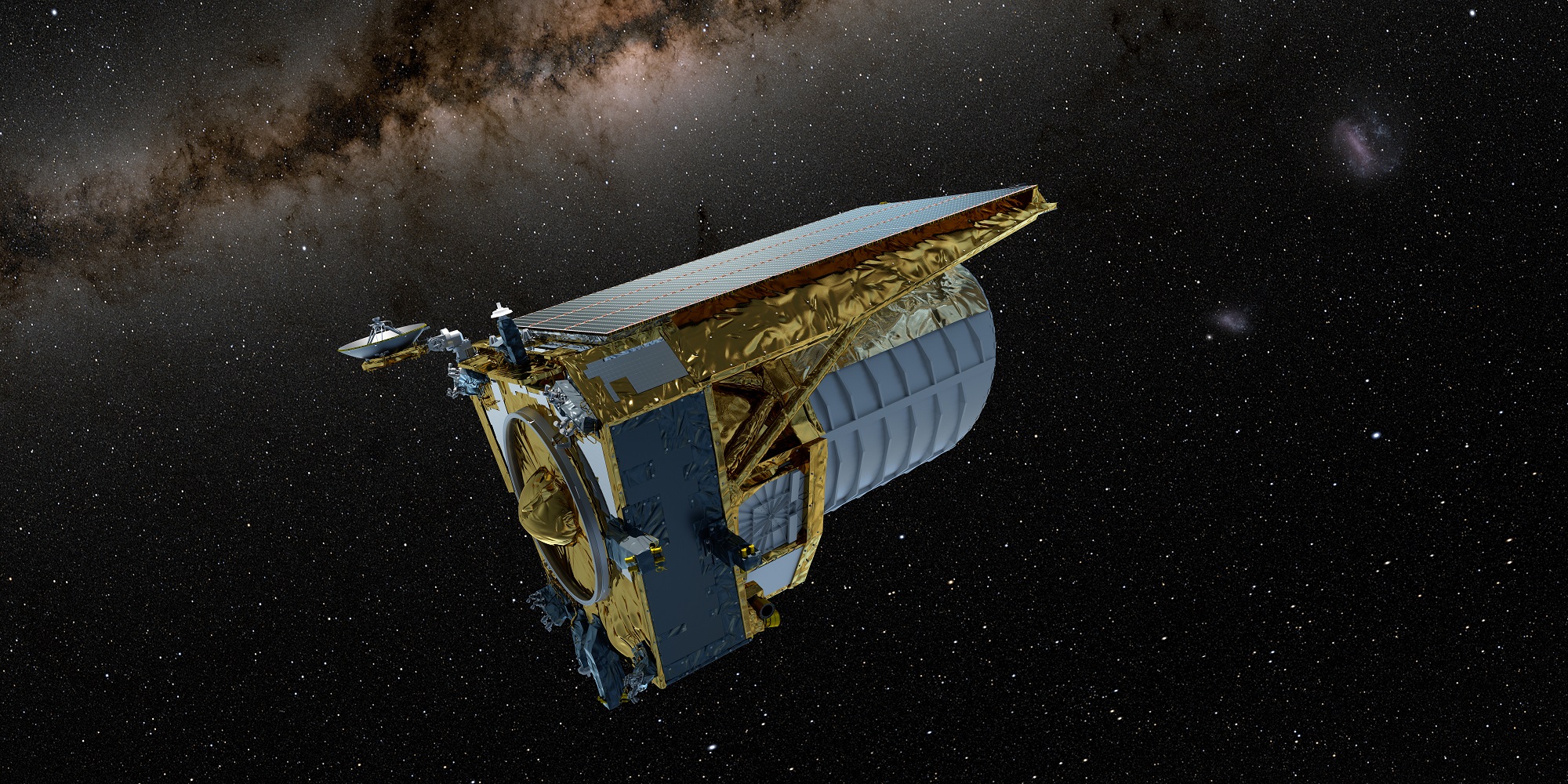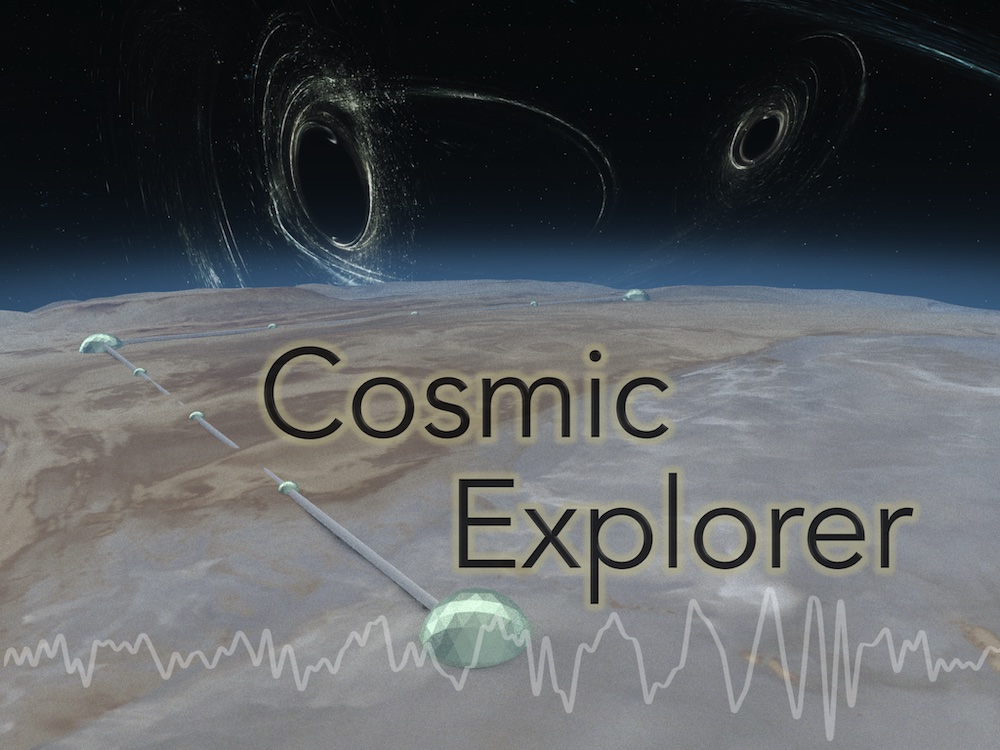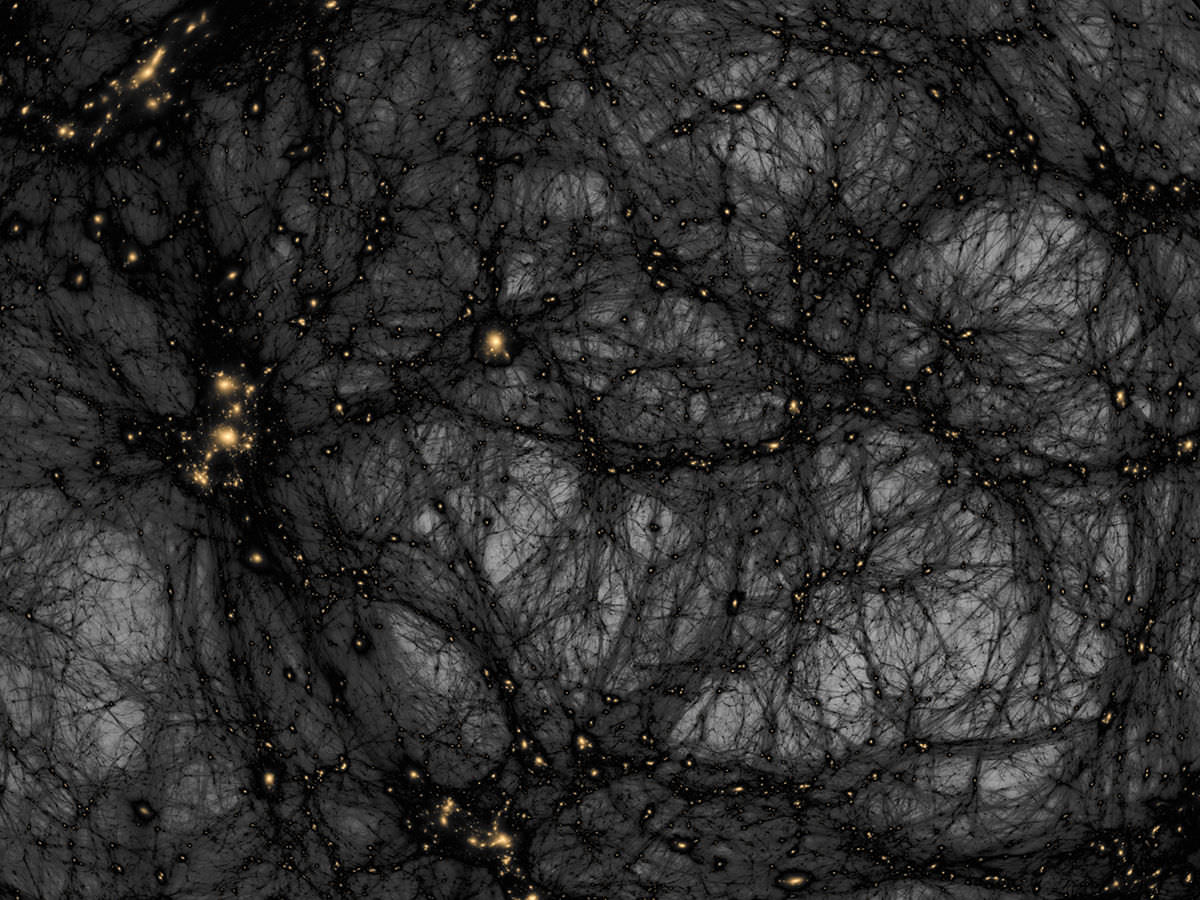Dark matter remains mysterious and… well… dark. While we don’t yet have a definite idea of what this cosmic “stuff” is made of, astronomers are learning more about its distribution throughout the Universe. Since we can’t see it directly, observers need to use indirect methods to detect it. One way is through gravitational lensing. Another is by looking for emissions from hydrogen gas associated with small-scale dark matter structures in the Universe.
Continue reading “Astronomers Observe Blobs of Dark Matter Down to a Scale of 30,000 Light-Years Across”Astronomers Observe Blobs of Dark Matter Down to a Scale of 30,000 Light-Years Across
